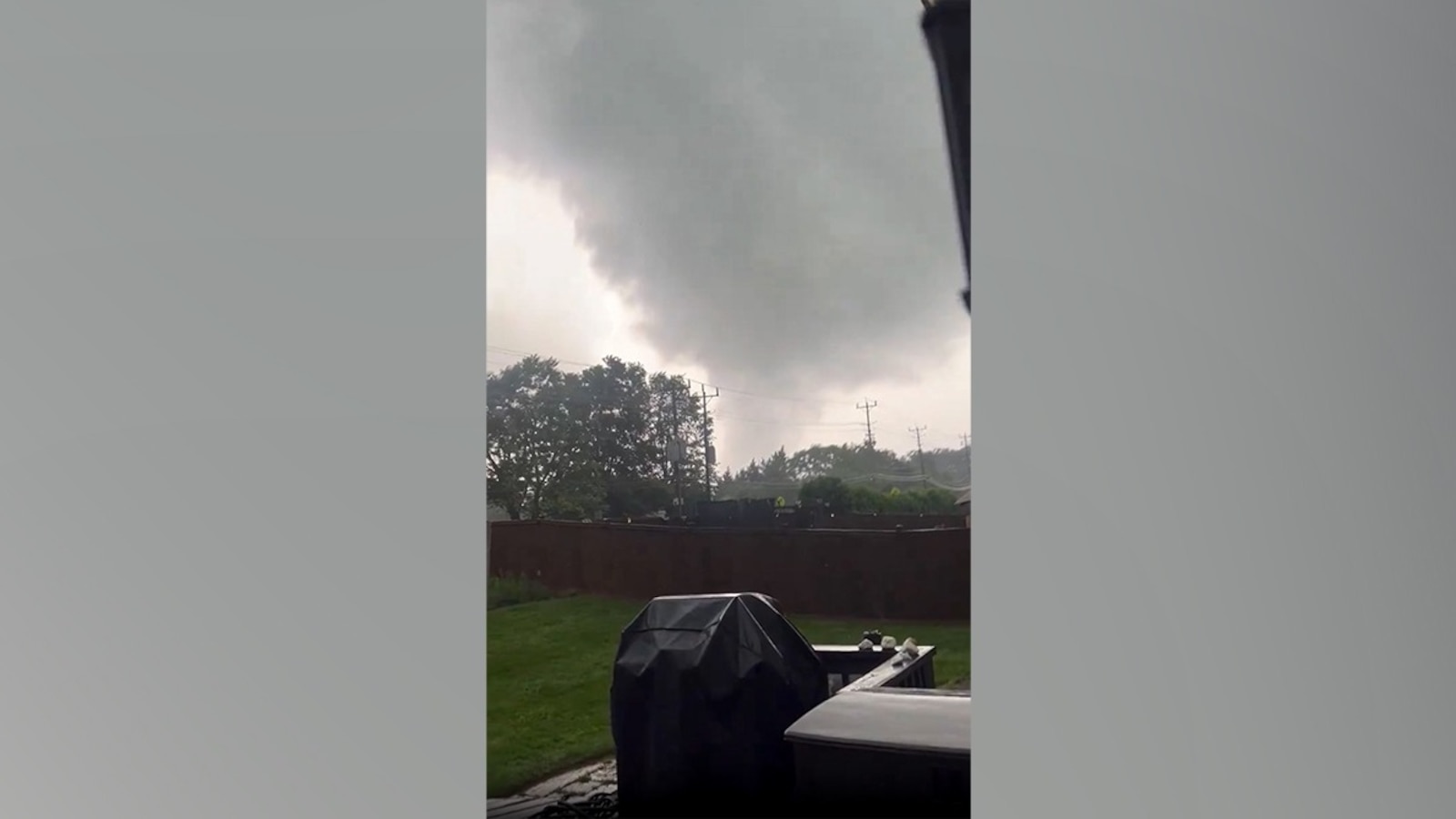Tornado History in Maryland: Tornado Maryland
Tornado maryland – Tornadoes are a relatively common occurrence in Maryland, with an average of 10 tornadoes reported each year. The state has a long history of tornado activity, with the first recorded tornado occurring in 1692.
Tornadoes can occur anywhere in Maryland, but they are most common in the central and southern parts of the state. The most active tornado months are April, May, and June.
Notable Tornadoes in Maryland
Some of the most notable tornadoes to impact Maryland include:
- The Annapolis tornado of 1975 was an F4 tornado that killed three people and injured 30. The tornado caused extensive damage to the city of Annapolis, including the destruction of the historic State House.
- The Bowie tornado of 1991 was an F2 tornado that killed one person and injured 25. The tornado caused extensive damage to the town of Bowie, including the destruction of several homes and businesses.
- The La Plata tornado of 2002 was an F4 tornado that killed one person and injured 19. The tornado caused extensive damage to the town of La Plata, including the destruction of several homes and businesses.
Tornado Safety and Preparedness

In the realm of meteorological phenomena, tornadoes stand as formidable forces of nature. Their unpredictable behavior and destructive potential demand that we remain vigilant and well-prepared. This guide aims to equip you with the knowledge and strategies necessary to enhance your safety and minimize the risks associated with tornadoes.
Understanding the diverse types of tornadoes and their distinct characteristics is paramount. Weak tornadoes, rated EF0 or EF1 on the Enhanced Fujita Scale, typically exhibit wind speeds ranging from 65 to 110 miles per hour and cause minimal damage. Moderate tornadoes, classified as EF2 or EF3, possess wind speeds between 111 and 165 miles per hour, capable of inflicting significant structural damage and uprooting trees. Strong tornadoes, categorized as EF4 or EF5, unleash wind speeds exceeding 166 miles per hour, resulting in catastrophic devastation and widespread destruction.
Tornado Warning Systems
Timely warnings are crucial for ensuring public safety during tornado outbreaks. The National Weather Service (NWS) utilizes a comprehensive network of Doppler radar systems to detect and track tornadoes. These systems issue tornado warnings when a tornado is imminent or already in progress. Warning lead times can vary depending on the location and severity of the storm, but typically range from a few minutes to an hour.
Upon receiving a tornado warning, immediate action is imperative. Seek shelter in a sturdy building or underground structure, such as a basement or storm cellar. If no such shelter is available, find a low-lying area away from windows, doors, and outside walls. Lie down flat and cover your head with your hands or a blanket.
Evacuation Procedures, Tornado maryland
In the event of an impending tornado, evacuation may be necessary. Local authorities will issue evacuation orders through various channels, including sirens, emergency broadcasts, and social media. When an evacuation order is issued, follow the designated evacuation routes and proceed to the designated shelters.
Remember, preparation is key to staying safe during a tornado. Keep a battery-powered weather radio tuned to local NWS broadcasts for updates and warnings. Assemble an emergency kit containing essential supplies such as food, water, first-aid items, and medications. Stay informed about tornado safety measures and evacuation procedures for your area. By following these guidelines, you can enhance your preparedness and reduce the risks associated with tornadoes.
Tornado Impact and Recovery

Tornadoes can have a devastating impact on communities, causing widespread damage to property, infrastructure, and the environment. The force of the wind can topple buildings, uproot trees, and scatter debris over a wide area. Tornadoes can also cause power outages, disrupt communication networks, and contaminate water supplies.
The process of disaster recovery after a tornado can be long and challenging. Debris removal is often the first step, followed by insurance claims and rebuilding efforts. Many communities establish disaster relief funds to assist victims with financial assistance, housing, and other essential services.
Resources for Tornado Victims
* Federal Emergency Management Agency (FEMA): https://www.fema.gov/
* American Red Cross: https://www.redcross.org/
* Salvation Army: https://www.salvationarmyusa.org/
* United Way: https://www.unitedway.org/
Organizations Involved in Disaster Relief
* National Voluntary Organizations Active in Disaster (NVOAD): https://www.nvoad.org/
* National Center for Disaster Preparedness: https://www.ncdp.org/
* American Logistics Aid Network (ALAN): https://www.alanaid.org/